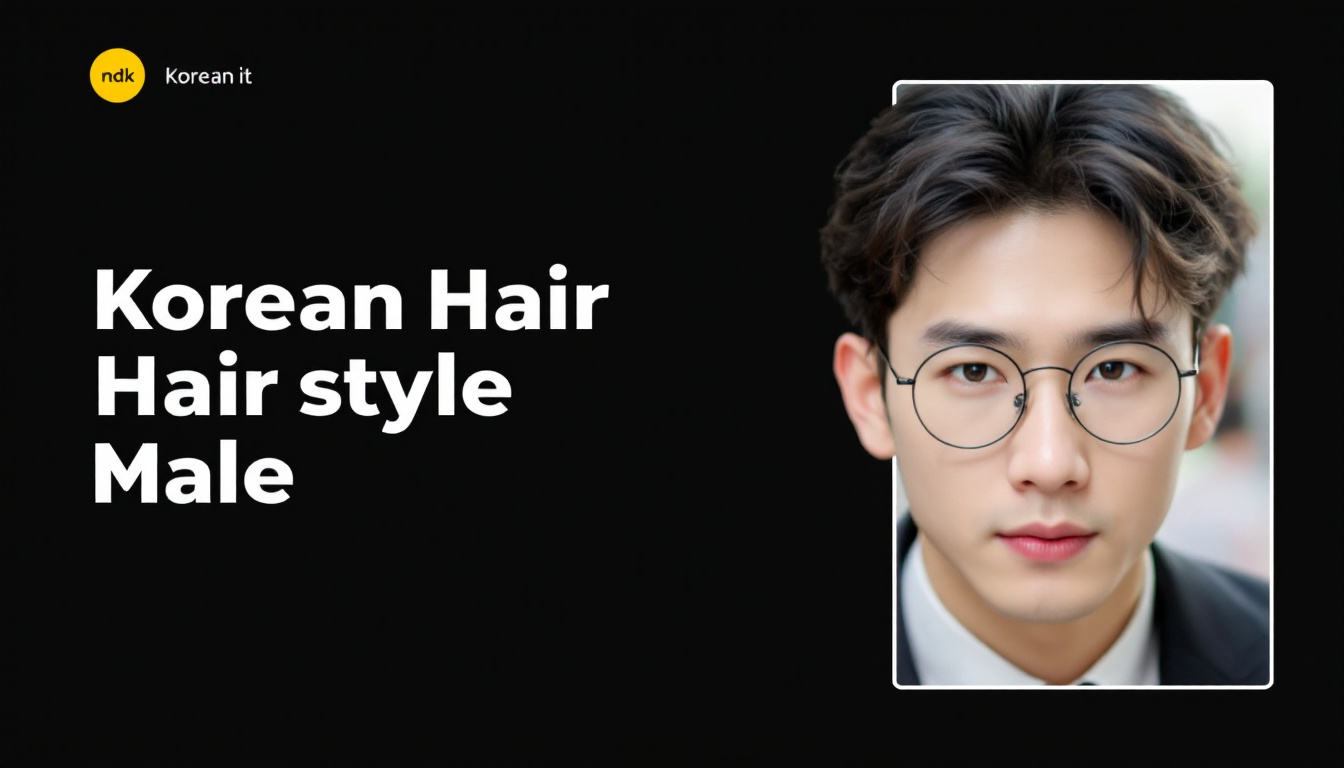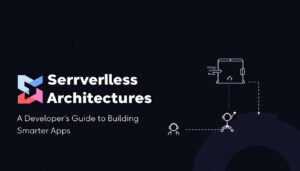Korean male hairstyles are gaining strong attention among IT professionals, developers, and business people worldwide. These styles stand out for their clean lines, subtle texture, and practical maintenance, making them suitable for both formal offices and creative workspaces. Many choose these looks because they project a sense of modernity and refinement, while still allowing individual expression. With more men in technical and business roles seeking a polished yet flexible appearance, Korean hair trends offer a balanced solution that aligns with both professional demands and personal style.
Core Elements of Korean Male Hairstyles
Korean male hairstyles are known for their precise balance of texture, structure, and professionalism. These styles suit technical and business sectors by projecting order, adaptability, and a clean appearance. Key features such as subtle layering, controlled volume, and defined lines create looks that transition seamlessly from the office to team meetings without losing their sharpness or individuality.
Signature Features: Texture, Layers, and Volume
The foundation of Korean hairstyles for men relies on a combination of natural texture, fine layers, and moderate volume. Texture is often achieved through thoughtful cutting or controlled tousling, allowing hair to rest in gentle waves or polished strands. This subtle body supports a professional image but avoids appearing stiff or outdated.
- Soft layering allows for movement but retains a neat appearance. Hair is often layered to prevent bulkiness, giving a lighter, more agile look.
- Controlled volume adds dimension along the crown and sides while keeping the silhouette tidy—critical for professionals who want to look put-together without extra styling time.
- Natural finish: Styling products are used sparingly to enhance shine and hold, but not to create an artificial or over-styled effect.
These features make styles such as the textured quiff and gentle side-swept layers a practical choice, reflecting focus and professionalism—qualities valued across IT and electronics fields. For further guidance on how texture and layers define these haircuts, see this comparison of trending Korean cuts at All Things Hair.
 Photo by Dmitry Zvolskiy
Photo by Dmitry Zvolskiy
Clean Cuts and Professional Appeal
Styles such as the two-block cut and fringe bangs are favored for their tidy silhouette and ease of maintenance in a busy work environment. The two-block cut, characterized by longer volume on top with neatly clipped sides, offers both structure and adaptability.
- Two-block cut: The top stays longer and textured, while the back and sides are trimmed close for precision. This brings a sharp outline that resists looking messy during the workday.
- Fringe bangs: Adding a fringe helps to soften strict lines without compromising the overall professional look. Bangs are styled forward or to the side, suiting different face shapes and meeting dress codes.
These styles are popular among IT specialists, developers, and business professionals for a reason—they present a reliable, refined image suitable for both in-person and video meetings. Their technical construction ensures a modern yet conservative finish, making them a smart fit for workplaces that value both efficiency and current trends. For a broader perspective on different professional styles, review the in-depth overview on Korean men’s haircuts at Nimble Made.
For developers and businesspeople considering an update, these core elements—texture, layers, volume, and clean structure—open the possibility for practical, low-fuss grooming that fits seamlessly into tech-focused or electronic industry workplaces.
Popular Korean Male Hairstyles for Professionals
Korean hairstyles for men have become a reliable choice for those aiming to combine modern trends with professionalism. These looks work well for IT, developer, and business settings due to their clean lines and easy maintenance. The following popular styles reflect a careful balance between tradition and individual flair.
Two-Block Cut: Structure and Appeal in Corporate Settings
The two-block cut stands out as a favored option among professionals seeking a neat, structured appearance. This cut features short, faded or clipped sides and back, while the top remains noticeably longer. The effect is a clear outline and significant contrast that frames the face well.
- The longer top allows for flexible styling—combed back for meetings or textured for more casual moments.
- The defined separation between the top and sides reduces daily upkeep, making it suitable for people with busy schedules.
- Its popularity continues to grow because it emphasizes tidiness while leaving room for mild personal expression.
These elements help explain why the two-block cut is prominent in office environments. It manages to keep up with trends without drawing unnecessary attention or breaking formal dress codes. More details about this iconic look and others can be found in the Korean Haircut Guide, which outlines the cut’s structure and upkeep strategies.
 Photo by cottonbro studio
Photo by cottonbro studio
Comma Hair: Evolution and Professional Applications
Comma hair has gained momentum in recent years as a style that adds character within conservative workplaces. The style is defined by hair that sweeps inwards, creating a “comma” shape at the fringe. It often combines soft waves with subtle layering for gentle movement.
- The fringe’s forward curve complements most face shapes, providing a friendly and approachable image.
- Loose volume around the face signals attention to grooming without looking forced or unprofessional.
- This haircut adapts well to formal business wear, easily styled with a light product for structure and a bit of shine.
Comma hair’s evolution from the entertainment industry to executive offices comes from its accessibility and subtle flair. It strikes a middle ground—modern, but not flashy. This has made it a go-to for professionals who wish to update their look while maintaining decorum.
Textured Crop and Side-Part: Professionalism with Personality
Textured crops and side-parts offer two further options for workers who value both efficiency and a bit of style. Both choices support a practical routine and fit with business dress codes.
Textured Crop:
- Features short length with uneven layers for a natural, lived-in finish.
- Allows controlled movement and a matte look.
- Suitable for those who dislike spending much time styling but want a modern finish.
Side-Part:
- Incorporates a defined parting, usually on the left or right, for a classic yet adaptable look.
- The style works with most hair types, creating symmetry and a polished impression.
- Sides are kept short or tapered for a clean appearance while the top can be styled with a bit of product.
Both the textured crop and side-part can project confidence. They pair well with office attire and provide small opportunities for customization through length variation or minor texturing. A gallery of visual inspirations can be found by browsing Korean Men Hairstyle ideas on Pinterest, where professionals share their own takes on these looks.
For further tips on how to adapt these trending cuts for different professional scenarios, visit our page focusing on grooming for tech and business professionals. These hairstyles demonstrate that, in today’s work world, personal style and professionalism can work side by side.
Styling and Maintenance Tips for Lasting Impact
Korean male hairstyles are admired for their precision and understated style, but the key to making these looks last lies in consistent grooming and smart product choices. Professional men in IT, electronics, and business often face packed schedules, making low-maintenance and reliable routines a top priority. With the right approach, you can maintain a clean, modern appearance without spending unnecessary time in the mirror.
Recommended Products for Styling and Health
Selecting the right products is essential for achieving and holding Korean-inspired hairstyles, especially on different hair types. Many Korean men use lightweight hair serums and oils. These add moisture, prevent dryness, and give subtle shine without making hair greasy. Matte-finish clays and pomades help structure hair for popular styles like the two-block cut or textured crop, without an over-styled look.
Start with these core items for a reliable routine:
- Hydration serums: Protect against split ends and boost shine.
- Matte clays or light pomades: Offer flexible hold and a natural finish, keeping layers controlled all day.
- Mild shampoo and conditioner: Preserve scalp health and reduce buildup, supporting hair integrity across frequent styling.
When applying these products, less is more. Focus on using a small amount, evenly distributed through damp hair. Allow hair to air-dry when possible, as this helps maintain natural texture and avoids heat damage—a common concern in daily routines. For stubborn or thick hair textures, specialized pomades like Gatsby Yuppie Mat provide matte separation without heaviness, as detailed in this review: Are these the Ultimate Products for your Stubborn Male Asian Hair?.
Consistent care extends style longevity over time. For further insights into popular choices and application methods, review everyday routines and product recommendations at Korean Guy Grooming 101.
 Photo by Yifan Tang
Photo by Yifan Tang
Efficient Grooming for Busy Schedules
Maintaining a sharp Korean hairstyle is possible even with limited time. Quick, effective routines focus on regular trimming, simple daily styling, and minimizing steps. Scheduling a haircut every three to four weeks ensures the structure remains intact, reducing the time needed for morning grooming.
Purposeful routines benefit professionals the most. Consider these time-saving steps:
- Wash and condition efficiently: Use fast-rinse formulas and schedule showers in the evening if morning time is short.
- Prep with leave-in products: Apply lightweight leave-in conditioners or serums overnight to save time in the morning.
- Streamlined styling: Brush through damp hair, apply a touch of clay or pomade, and shape using fingers. Let it settle naturally while preparing for work.
Weekly habit development further streamlines upkeep. Allocating set times for hair care prevents last-minute styling and helps uphold a consistent image. For more on daily routines, Grooming Tips for the Busy Professional outlines approaches suitable for men in high-demand roles.
Routine and maintenance form the foundation for lasting style. Additional grooming and appearance advice tailored for technical and business professionals can be found at how to look neat and clean all day at work in India for practical tips beyond hair care.
How to Choose the Right Korean Hairstyle for Your Workplace
Selecting a suitable Korean hairstyle involves more than just following trends. For professionals in IT, electronics, or business environments, the right cut should reflect personal features, fit with workplace expectations, and stay aligned with current industry standards. When these elements work together, the result is a confident, polished appearance that enhances your overall professionalism.
 Photo by Pavel Danilyuk
Photo by Pavel Danilyuk
Matching Hairstyles to Face Shape
One of the first steps is to assess your face shape. The right hairstyle can balance features, adding structure or softness where needed. Korean styles offer flexibility that helps highlight individual strengths:
- Oval Faces: Most Korean styles suit oval faces, including the two-block cut and comma hair. Both enhance balanced proportions and allow for creative styling changes.
- Square Faces: Cuts with gentle waves or soft layering help soften a strong jaw. Side-parted or fringe styles prevent the look from feeling too harsh.
- Round Faces: Adding height or volume at the crown creates length. Options like the textured crop or swept-back styles offer definition without accentuating width.
For more visual inspiration, browsing guides like the Korean styling tips for your face shape can help you understand which features to enhance.
Considering Company Culture and Dress Codes
Industry and workplace culture play a central role in hairstyle choice. Some companies favor a formal, conservative look, while others adopt a relaxed or creative approach. Here’s how you can align your style:
- Traditional Corporate (Finance, Law, Senior Management): Stick with clean, short styles that stay close to the head, such as the side-part or a precise two-block cut with minimal tousling.
- IT, Electronics, Start-ups: These sectors often allow more room for individuality. Subtle texture, soft fringe, or modern variations like the comma hair can present a contemporary yet professional appearance.
- Creative Roles or Agencies: While most Korean hairstyles translate well, a slightly bolder cut or color can be acceptable, provided it is well-maintained and tidy.
It is important to observe your colleagues and management, and to review company grooming codes. Wearing a hairstyle that respects internal standards while expressing personal taste is possible. Further tips about dressing and grooming in line with workplace standards are available in this professional appearance and grooming guide.
Following Industry Trends Without Compromising Professionalism
Staying current is important, but in technical and business fields, the style should not overshadow your competence. Korean hairstyles succeed because they blend ease of upkeep, versatility, and subtle attention to detail.
- Stay updated on moderate trends: Choose modern elements such as layering or soft movement but avoid options that pull too much focus, like bold colors or excessive product.
- Opt for functionality: Styles like the textured crop, minimalist two-block, and simple side-part are easier to maintain and unlikely to conflict with professional codes.
- Regular touch-ups: Keep the cut fresh. Consistency signals reliability and discipline—qualities valued in IT and business roles.
Reviewing how industry leaders present themselves can provide references for the level of formality or trendiness acceptable in your sector. If you need additional resources for new Korean hairstyles fit for men, see comprehensive examples at All Things Hair’s Korean haircut guide.
Personalizing Your Style for Both Work and Personality
Successful hairstyles fit your work persona and individual taste. Even within strict environments, subtle modifications help a style feel less generic. Adjust length, fringe placement, or slight product choice to fit your preference while staying inside professional lines.
Key approaches for personal touch include:
- Adjust parting direction to match hair whorl and facial asymmetry.
- Choose natural, understated colors.
- Use lightweight products for a controlled, touchable finish that isn’t stiff.
For detailed advice on workplace appearance, see the internal resource on how to look neat and clean all day at work in India, which approaches grooming as a holistic practice.
A Korean hairstyle tailored to your face, workplace, and personal style will reinforce your professional reputation and boost daily confidence.
Conclusion
Korean male hairstyles have set a clear standard for modern professional appearance in IT, development, electronics, and business fields. These styles offer a practical blend of structure and flexibility, supporting both workplace requirements and individuality. By selecting haircuts that reflect both personal traits and professional needs, men can strengthen their image and boost daily confidence.
Experiment with a style that highlights your strengths and matches your office culture. Consistent grooming and attention to detail will reinforce your professional reputation. For more guidance on maintaining a sharp look in work environments, see advice on how to look neat and clean all day at work in India.
Korean hairstyles are more than a trend—they represent a thoughtful approach to appearance that helps professionals project competence and reliability. Thank you for reading, and consider sharing your experiences or favorite workplace styles with colleagues.









